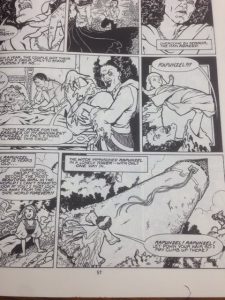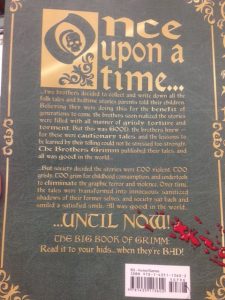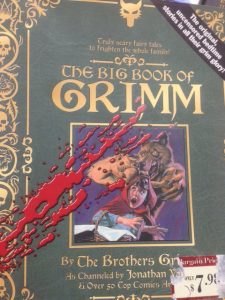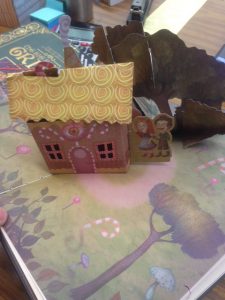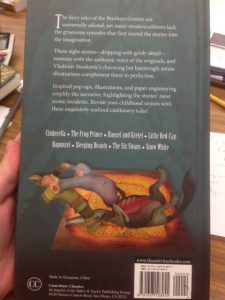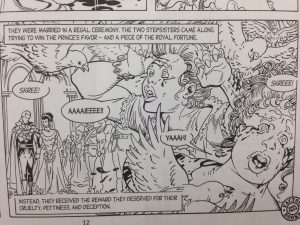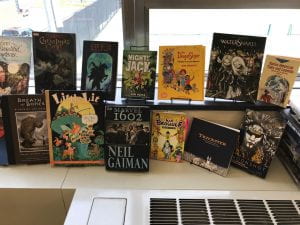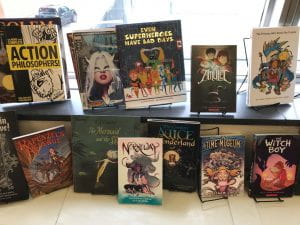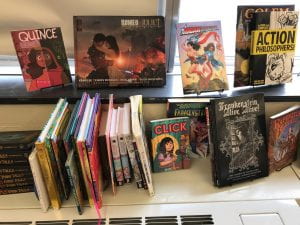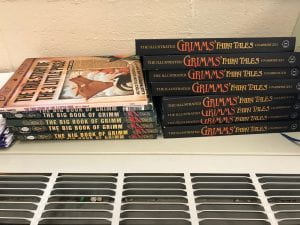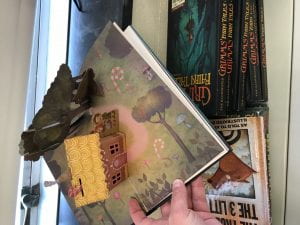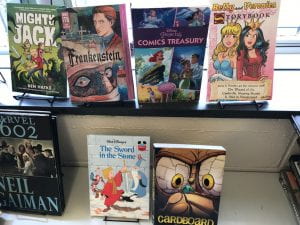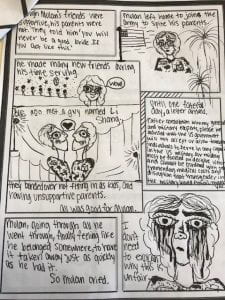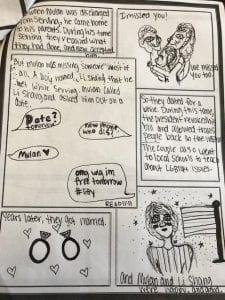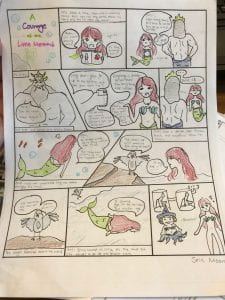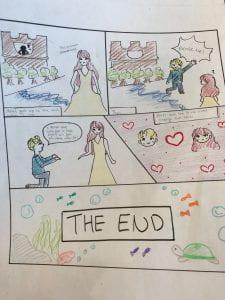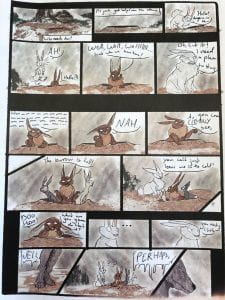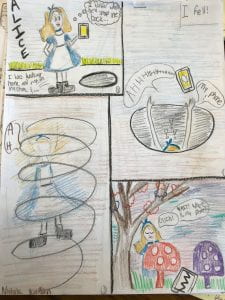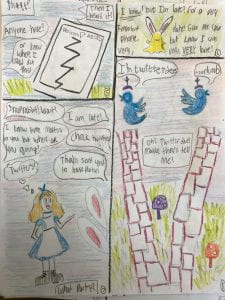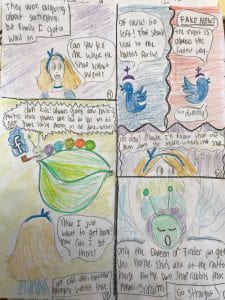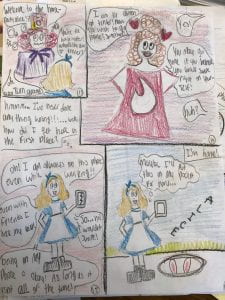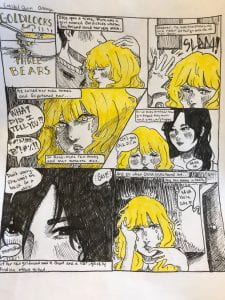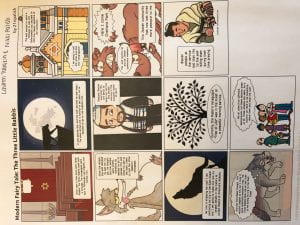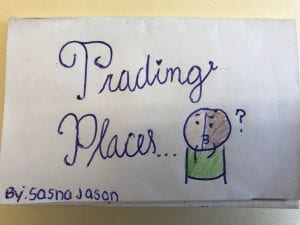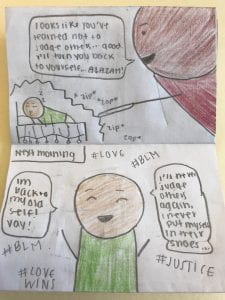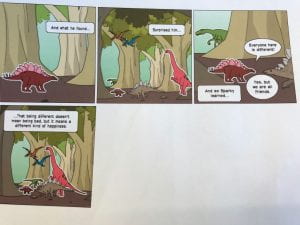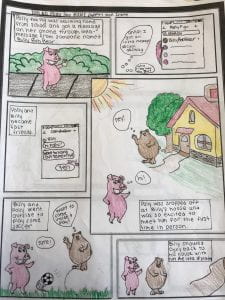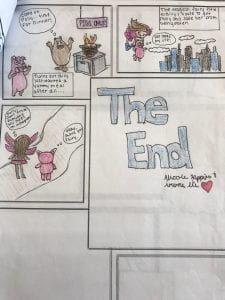Fairy Tales and children’s stories as societal artifacts.
Fairy tales can give us a rather large window through which to view a society – especially if we can see changes in the stories throughout history. I first included this lesson when I was teaching German Unification to my AP European students and looking for something “different” to use. I had read about the Grimm Brothers pulling together multiple stories to reinforce the idea of cultural unity and began to look for resources. What I found surprised me, as I realized that the current “Disneyfied” versions of the stories were often quite different from the originals. I asked myself why these stories had changed and what these changes revealed about the societies in which they were written. I decided to have my students read the stories and tell me what they thought was being revealed. I have since done this activity for a few years to great analytical effect – and it is also fun. The below books really help to fit the bill as they not only include the original stories, the annotations add immediate insight to the uninformed. I found these books on clearance at Barnes and Nobles – you never know what you may find! I bought 8 copies of each – enough to have one at each table of students as they always work in teams.
Another source is : http://www.huffingtonpost.com/valerie-ogden/fairy-tale-true-story_b_6102602.html?utm_hp_ref=tw
These sources make for a quick read and allows AP students to let down their hair a bit. I choose a different fairy tale for each student and have them answer the following questions:
1. What do you know about the story already (before reading the handout) – give a general summary.
2. What was different in the account you read?
3. What insight does the original story give to the society in which it was written?
4. What insight does the modified (modern) version give about the society in which it was written?
These are only 4 small questions, but they open up a very large discussion – particularly about our present-day society and how protected our children have become. It has been stated that adolescence in the United States may now exist until age 25. I do not enter with this any preconceived expectations – I allow the discussion to go where they may. We have also tied in Bloody Mary (Mary Tudor) and why this story was created (to remind the English of the apparent dangers of having another Catholic monarch – children would not forget when they became adults).
This year (2014), I decided to front load this discussion while we were still studying the Middle Ages and the Bubonic Plague (I also have my ninth grade students participate – not just AP this time). Again, we discussed the importance of stories/fairy tales and what they tell us about society. In this case, students looked at the lyrics to Ring Around the Rosie and its origins from the Plague. Seeing that is was only one week from Halloween, I had the students create a video using historical images of the plague with the audio of the lyrics being over layed – most used iMovie or Windows Movie Maker. We had a contest to show the top three scariest videos to the class on Halloween Day – the students really created some amazing (and freaky) videos. It was great fun, but also set the groundwork for later discussions.
The students were also able to make a connection to two video games that the students play (I have only played one) – Dead Space 2 (the audio came from a marketing video for the game – https://www.youtube.com/watch?v=gl7O8_kWeOc), and Assassin’s Creed (awesome series with a lot of history – da Vinci, Plague “bird” doctors, etc). All in all – this little assignment blossomed into some rather cool stuff.
UPDATE – this book was just published and it awesome! Many of my students are into Neil Gaiman (as am I – both comics and novels). This is a different take on the story and provides an EXCELLENT historical analysis at the end of the story. I really cannot recommend enough – great add to the social studies or language arts classroom.
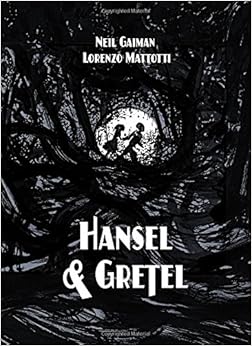
_____________________________________
2019 UPDATE.
Wow – this lesson continues to grow and really speaks to the need to allow teachers time to reflect and grow their lessons instead of always changing curriculum, etc. I now teach this course to 19th grade students and have added many resources to the lesson. This year, since it is a Global History course, I want students to learn about fairy tales/children’s stories/folk tales from around the world and how they help create a sense of nationalism. My library will continue to grow, but these are most of the books I have available to be read so far… my own kids helped me go through our home library to choose titles. I am not only choosing traditional Western tales, but also those from around the world – and non fairy tales, but stories told in different ways. At the end of this lesson, students will create their own “fairy tales” for a modern audience and create a comic about their story. I will turn this into a contest between my classes and have students vote on their favorites. I will also open the vote to social media and have adults from the community, teachers, and YOU vote as well.
I am also exploring using several online options for additional resources for tales from around the world – one such is https://fairytalez.com/
This is a fantastic resource from Google Earth that connects geography with local tales – https://earth.google.com/web/data=CiQSIhIgNzYwYTc0Y2MzZDk5MTFlODlkZjU4MTBmODJlMzhmMTU
Pop Culture – music, literature, children’s stories – all of these can tell us much about a culture and their nationalism.
Once students have read, reflected upon, and discussed multiple tales, they will then create their own and depict them in comic book form. Students can choose to use an online comic creation tool, such as Pixton Edu, or can hand-draw them – or a combination of the two. When assigning the comics to be created, I will also supply several types of blank comic book pages that students can choose to use – a blank pae can sometimes overwhelm students.
Another source can be the old Fractured Fairy Tales cartoons from my youth – widely available on YouTube. These can be shown how tales can be changed.
I will update this blog again in two weeks when the comics have been created and the contest goes live! Some sample comics from last year –
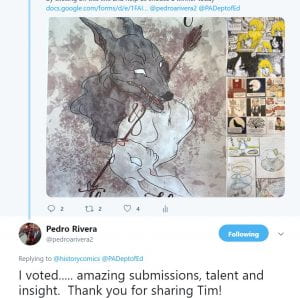 EVEN THE PA DEPT OF EDUCATION SECRETARY VOTED!
EVEN THE PA DEPT OF EDUCATION SECRETARY VOTED!


